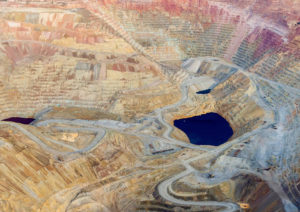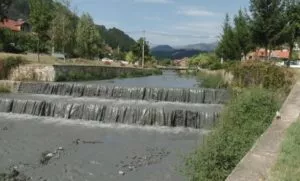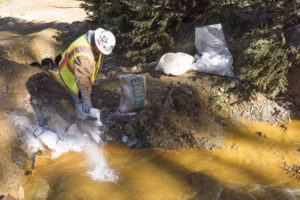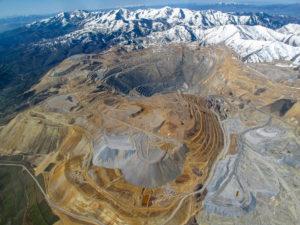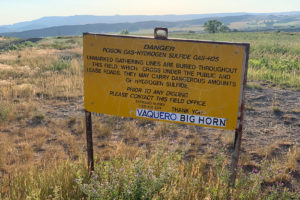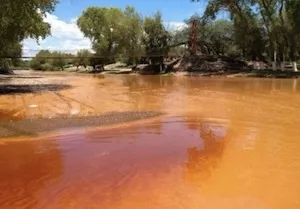
A peer-reviewed study of the track record of water quality impacts from copper sulfide mines found severe impacts to drinking water aquifers, contamination of farmland, contamination and loss of fish and wildlife and their habitat, and risks to public health. In some cases, water quality impacts were so severe that acid mine drainage at the mine site will generate water pollution in perpetuity.
In 2012, state and federal documents were reviewed for fourteen copper sulfide mines representing 89% of U.S. copper production in 2010 – the most recent data on copper production available from the U.S. Geological Survey. These mines provided a representative view of the types of environmental impacts resulting from the development of copper sulfide deposits, focusing on pipeline spills, tailings failures and water collection and treatment failures.
- All of the mines (100%) experienced pipeline spills or other accidental releases. The most frequent spills were reported at the Ray Mine in Arizona, where over fifty pipeline spills occurred from 1988 to 2012. Examples of recent pipeline spills include a 2012 spill at the 186,000 gallons of sulfuric acid along two miles of Chase Creek – a tributary of the San Francisco River, and a 2009 spill of 2 million gallons of process water at the Bagdad Mine.
- At 13 of the 14 mines (92%), water collection and treatment systems have failed to control contaminated mine seepage, resulting in significant water quality impacts. The development of acid mine drainage was associated with the most severe and lasting impacts. For example, the Tyrone and Chino mines – the two largest copper mines in New Mexico, will generate an estimated 2 billion gallons of acid and metals contaminated seepage every year, requiring water treatment in perpetuity. These two mines have resulted in severe surface and groundwater contamination, and the State of New Mexico and U.S. Department of Justice have filed natural resource damage claims against the company for damages to water and wildlife resources.
The Bingham Canyon Mine, the largest open pit mine in the United States, will also generate water pollution in perpetuity from the mine’s waste rock piles. Mine operations have resulted in a plume of contaminated groundwater extending over 70 square miles, and the State of Utah filed a natural resource damage claim against the mine in 2008 for impacts to water and wildlife resources.
- Tailings spills have occurred at nine operations, and a partial failure of the tailings impoundment occurred at four out of fourteen mines (28%). These included a 1997 partial failure of the tailings impoundment at the Pinto Valley Mine, where the creek bed and surrounding upland were buried under material as deep as 42 feet. In 1993, heavy precipitation caused the Gila River to flood and breach the tailings impoundment at the Ray Mine, carrying pollutants 11 miles downriver. And in 1980, 2.6 million cubic yards of tailings were released at the Tyrone mine, and flowed 8 kilometers downstream.
Many of the currently operating copper sulfide mines are located in the arid southwest, where precipitation is limited, and communication between surface and groundwater resources is limited. More significant impacts could be expected at mines in wetter climates, with abundant surface water and shallow groundwater. Research shows that mines with high acid generating potential and in close proximity to surface and groundwater are at highest risk for water quality impacts.

